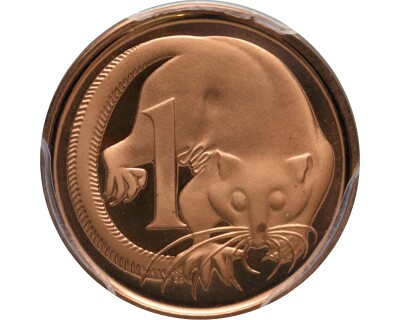Cleaning Coins
What level of cleaning damage is acceptable
Despite this, if a butcher were to wipe an oily coin on his shirt in normal commerce, how is this different from if a collector were to wipe it 100 years later? There is no difference because the damage done to the coin is the same. It is therefore not always possible to conclusively determine if a coin has been cleaned or just damaged from circulation.
For this reason, cleaned coins are only problematic when the cleaning damage is in excess of what is ordinarily expected for the given grade. An Uncirculated coin should never have been cleaned because if it has not been in circulation, it can not have acquired such damage naturally. A heavily circulated coin can be expected to have hairlines from circulation so even if it was lightly cleaned by a collector, this would be acceptable because the hairlines from cleaning would not be distinguishable from the hairlines from circulation. This should still be avoided as it will devalue the coin due to the damage done but is generally not grounds to most collectors and grading services for rejecting a coin.









